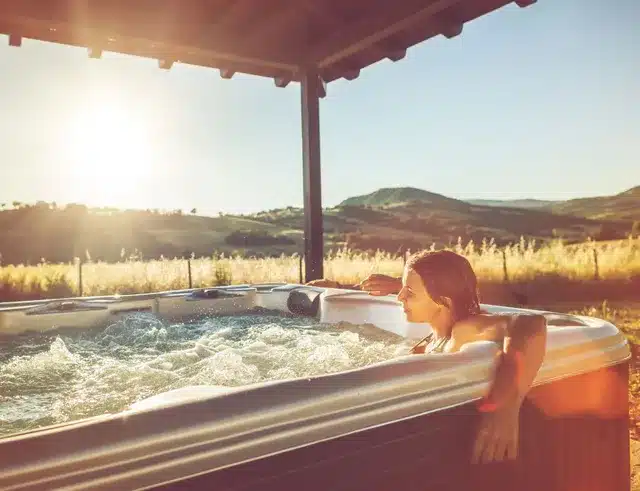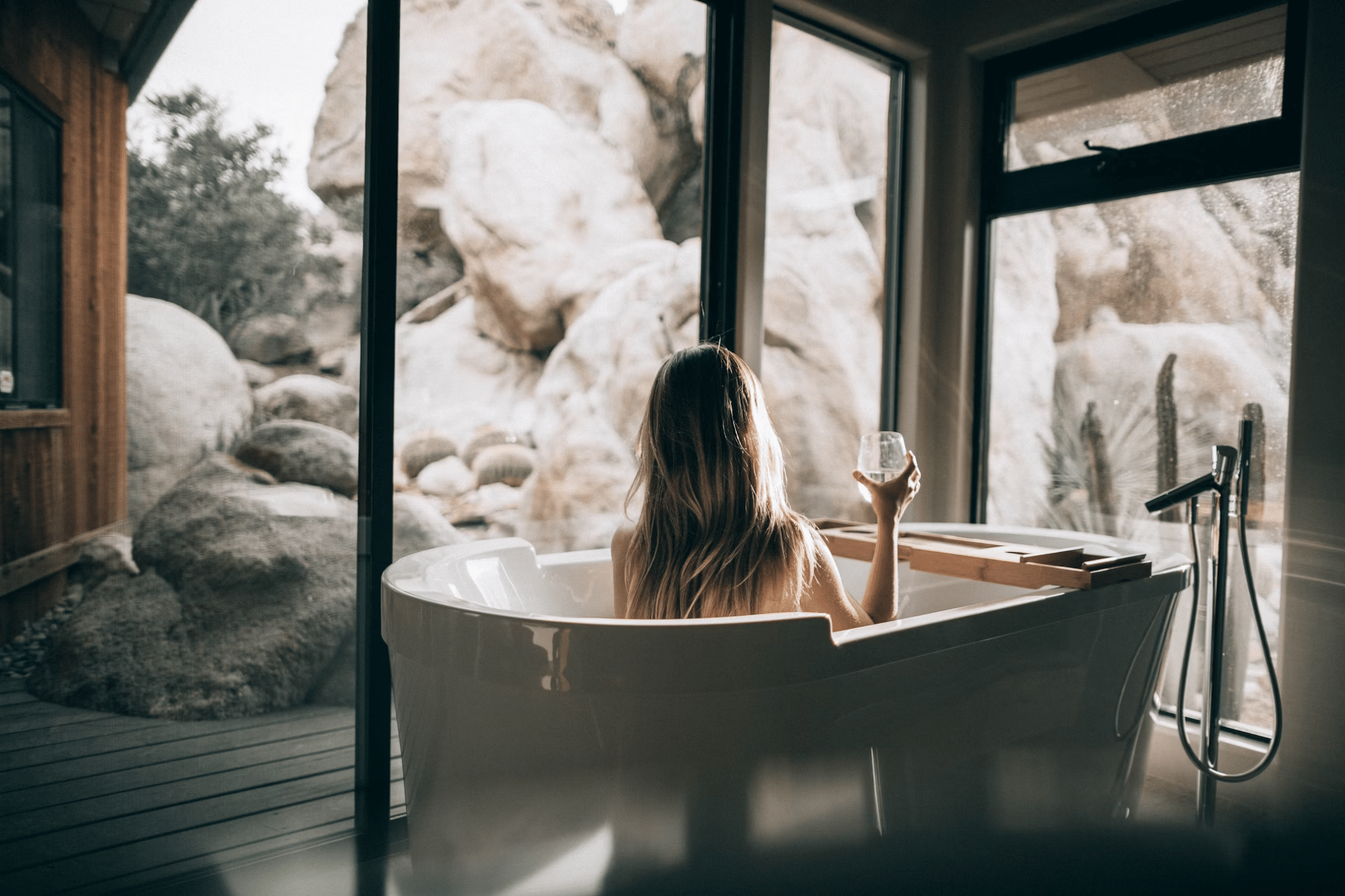A hot tub can be your own little slice of paradise right at home — perfect for unwinding, easing those achy muscles, and washing away stress after a long day. Many of us worry about how much water and electricity these backyard retreats might use, and whether they fit with our green living goals.
Luckily, with some smart choices about which hot tub you buy and how you take care of it, you can still enjoy all those wonderful soaks without the eco-guilt. Today’s hot tubs come with plenty of features that help save water and energy, making it possible to relax responsibly.
Pros and Cons of Hot Tub Ownership
Hot tubs can be a gateway into a new world of comfort and delight, but there are a few things to consider before making the commitment.
Pros
Having your own hot tub is like having a personal massage therapist on call. Those jets working on your sore muscles and stiff joints can do wonders after a tough workout or a day hunched over your desk. The warm water gets your blood flowing better and helps your muscles loosen up.
Ever notice how well you sleep after a good soak? That’s not your imagination. When you warm up in the tub and then cool down after getting out, your body gets the signal that it’s bedtime. Plus, taking 20 minutes away from your phone, computer, and life’s chaos gives your brain the break it desperately needs.
Cons
Before diving into hot tub ownership, there are a few things to consider. Getting set up isn’t just about picking a tub and bringing it home. You’ll need proper electrical connections, a spot to support all that weight, and some yard work to create the perfect setting. After it’s in place, you’ll spend some time on upkeep like checking water chemistry, cleaning filters, and occasionally calling in a pro.
Your electric bill will feel the impact too, especially with less efficient models that leak heat. And yes, you’ll need to completely change the water every few months, which uses quite a bit of water.
How To Choose an Eco-Friendly Hot Tub
When hunting for a green-minded hot tub, look for options that cut down on chemicals and make maintenance easier. Saltwater hot tubs offer a much nicer experience than traditional chlorine. These clever systems make their own sanitizer naturally, so you won’t need as many harsh chemicals.
The water feels wonderfully soft, you won’t have to change it as often, and you can say goodbye to that swimming pool smell that can linger on your skin and swimsuit.
Insulation is a big deal for saving energy. It’s like putting a good winter coat on your hot tub. Look for tubs packed with full-foam insulation that keeps the heat in the water where it belongs. Don’t skimp on the cover, either.
A thick, snug-fitting cover stops heat from escaping and water from evaporating when you’re not soaking. Check out the pumps as well. Since they run daily, an efficient one can trim your electric bill.
Water Conservation Tips for Responsible Hot Tub Ownership

Balanced water chemistry is the starting point for effective water conservation in your hot tub. When you maintain proper levels and use your cover regularly, you can dramatically extend the life of your water while reducing your environmental footprint. Small changes in managing your hot tub can lower your water bills significantly. Here are some practical ways to enjoy your soaking experience while being mindful of water usage:
- Test and adjust water chemistry weekly: Spending just five minutes checking pH, alkalinity, and sanitizer levels prevents bacterial growth that would force premature draining.
- Use your hot tub cover faithfully: A quality cover retains heat and significantly reduces evaporation, especially in dry or windy climates.
- Time water changes strategically: Schedule your drains during dry summer months when your landscape could benefit from the extra moisture.
- Direct drainage thoughtfully: Use a garden hose to channel old water to plants that need it, keeping it away from waterways and storm drains.
Sustainable Hot Tub Maintenance and Energy Efficiency
Making your hot tub eco-friendly doesn’t stop with your initial purchase, but also with how you run and maintain it day to day. Smart maintenance routines and energy-efficient operating practices can cut your resource use in half while extending the life of your investment.
Two key areas deserve special attention: how you heat your water and the products you use to keep everything clean and running smoothly.
Efficient Heating Solutions
Want to really cut down on your hot tub’s carbon footprint? Look into different ways to heat your water. Solar heating systems use free sunshine to warm up your water before it needs the electric heater. Living in a sunny area can take a huge bite out of your energy costs.
Heat pumps are another smart option. They pull heat from the surrounding air (even when it’s cool outside) instead of creating heat from scratch.
Green Cleaning and Maintenance
Taking care of your hot tub regularly prevents waste in the long run. Rinse those filters every 4-6 weeks — it’s an easy job that makes a big difference. Clean filters mean better water flow, less strain on your pump, more efficient heating, and longer-lasting equipment. Plus, your water stays cleaner longer, so you won’t need to change it as often.
Final Thoughts
The perfect hot tub balances personal enjoyment with planet-friendly practices. Modern energy-efficient models with quality insulation, smart heating systems, and water-conservation features let you indulge responsibly. Combine these technological advantages with consistent maintenance, regular water testing, proper chemical balance, and eco-friendly products to create a sustainable sanctuary in your backyard.

